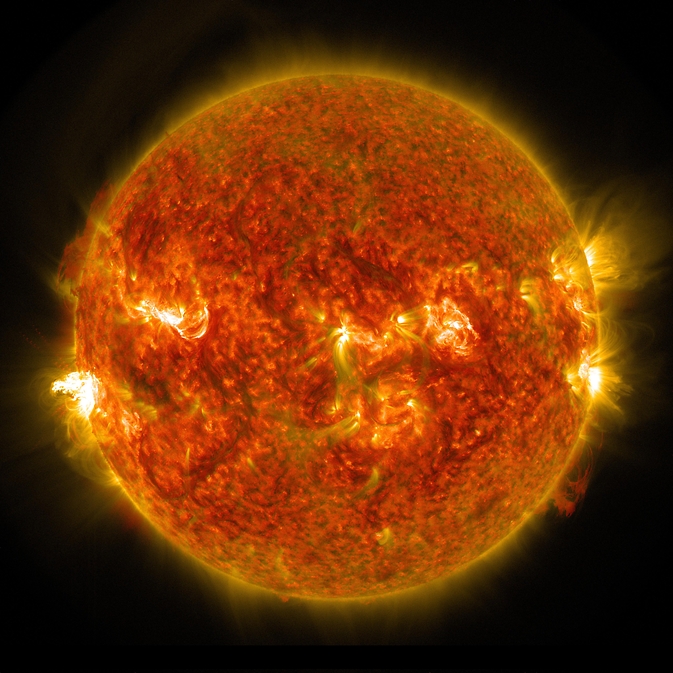NASA Captures Images of a Late Summer Flare
By NASA.gov // August 26, 2014
can disturb GPS, Communications signals

On Sunday, the sun emitted a mid-level solar flare, peaking at 8:16 a.m. EDT. NASA’s Solar Dynamics Observatory captured images of the flare, which erupted on the left side of the sun.

Solar flares are powerful bursts of radiation. Harmful radiation from a flare cannot pass through Earth’s atmosphere to physically affect humans on the ground, however — when intense enough — they can disturb the atmosphere in the layer where GPS and communications signals travel.
This flare is classified as an M5 flare.
M-class flares are ten times less powerful than the most intense flares, called X-class flares.












